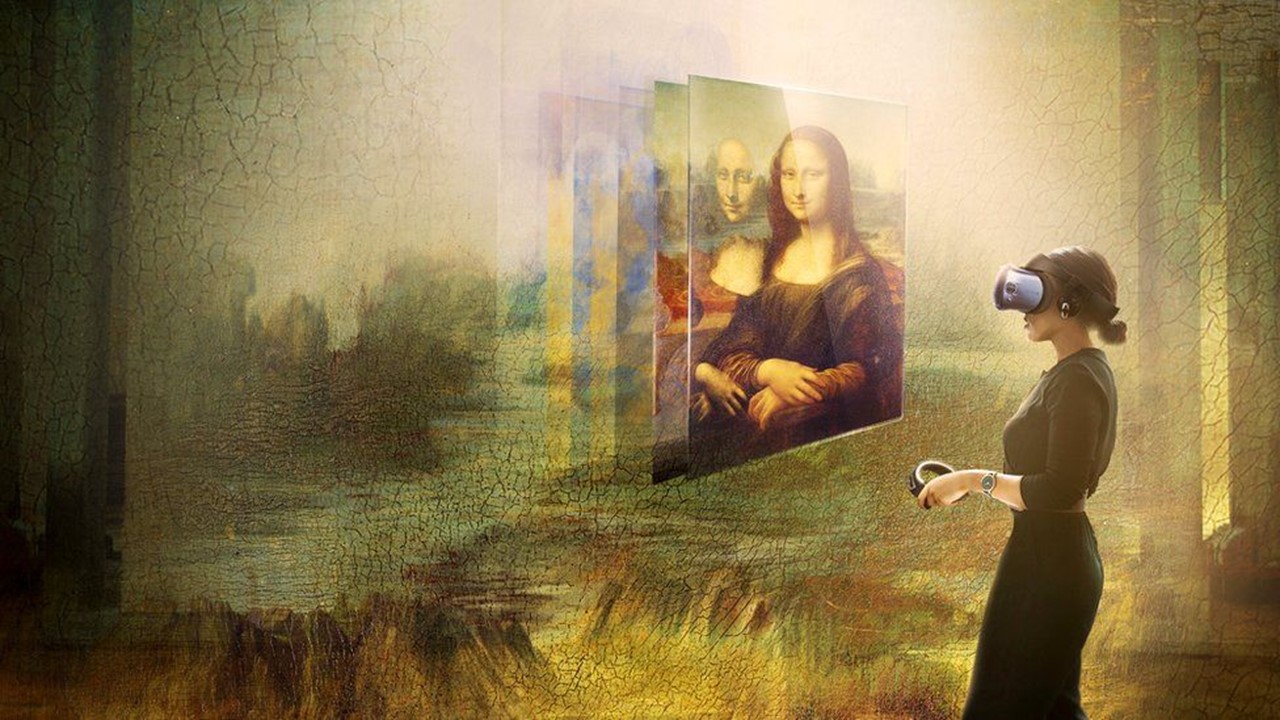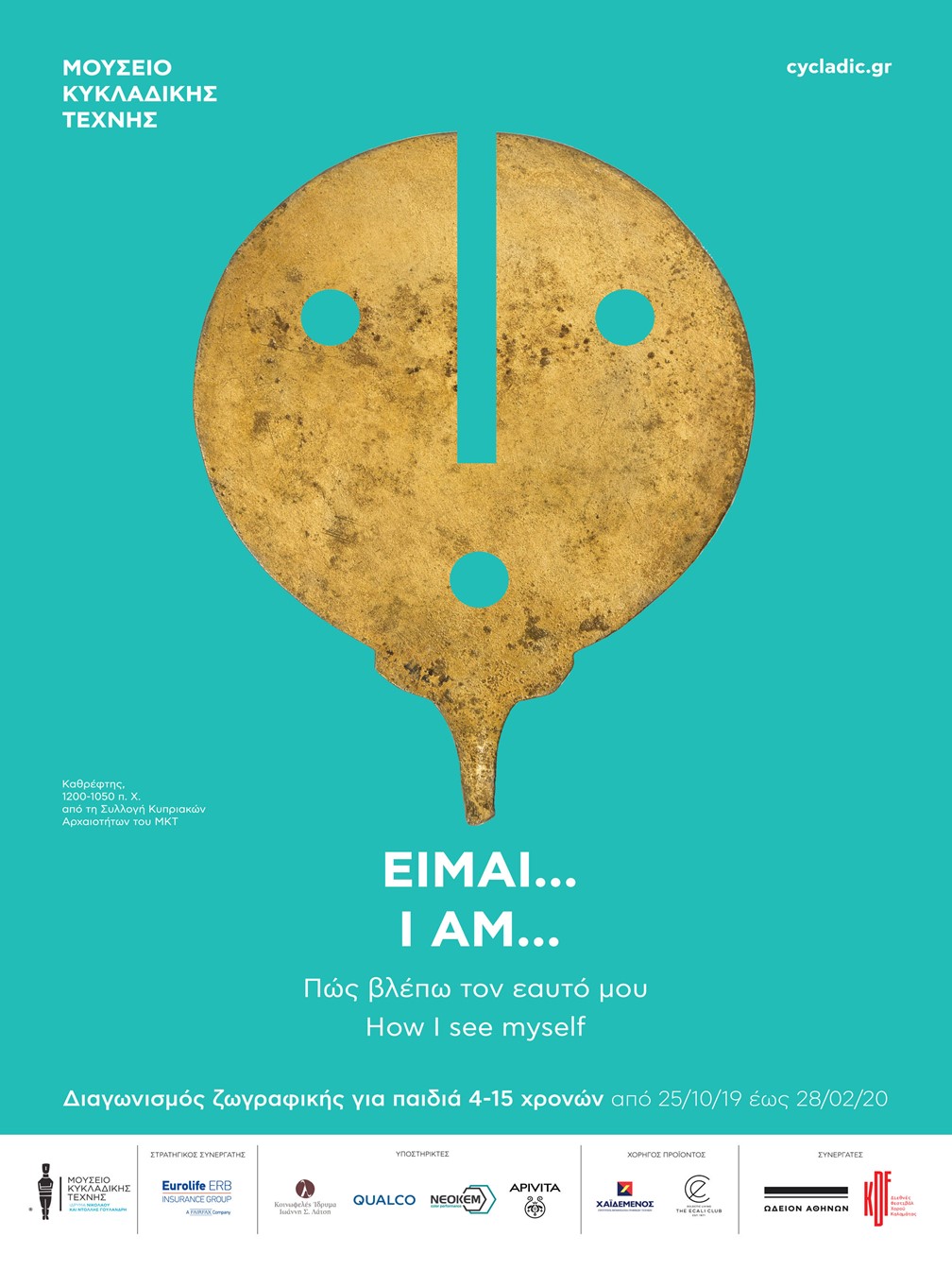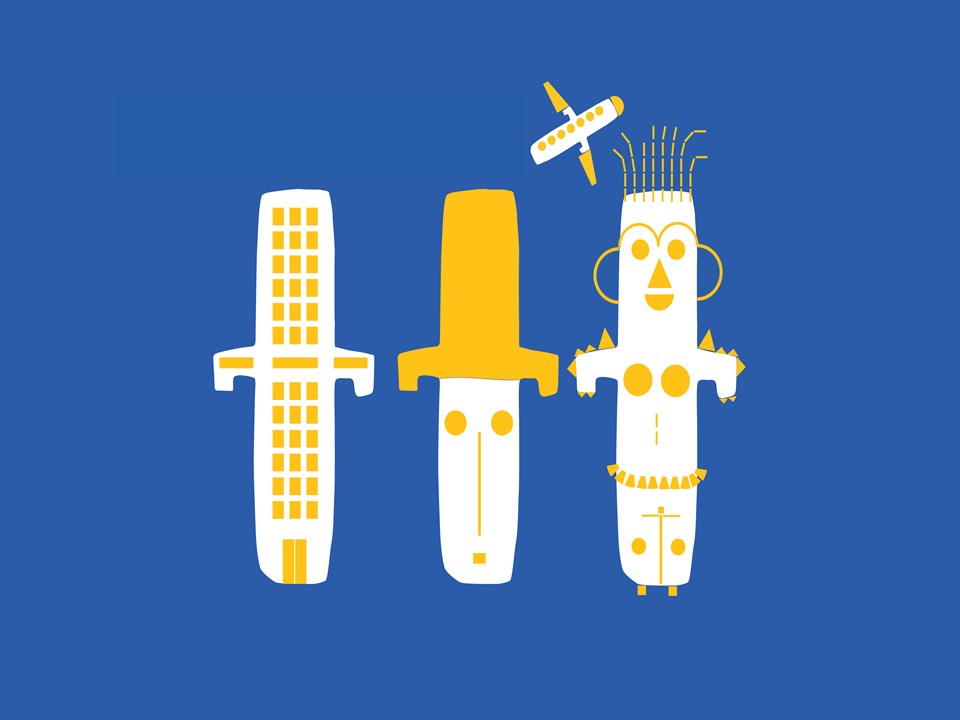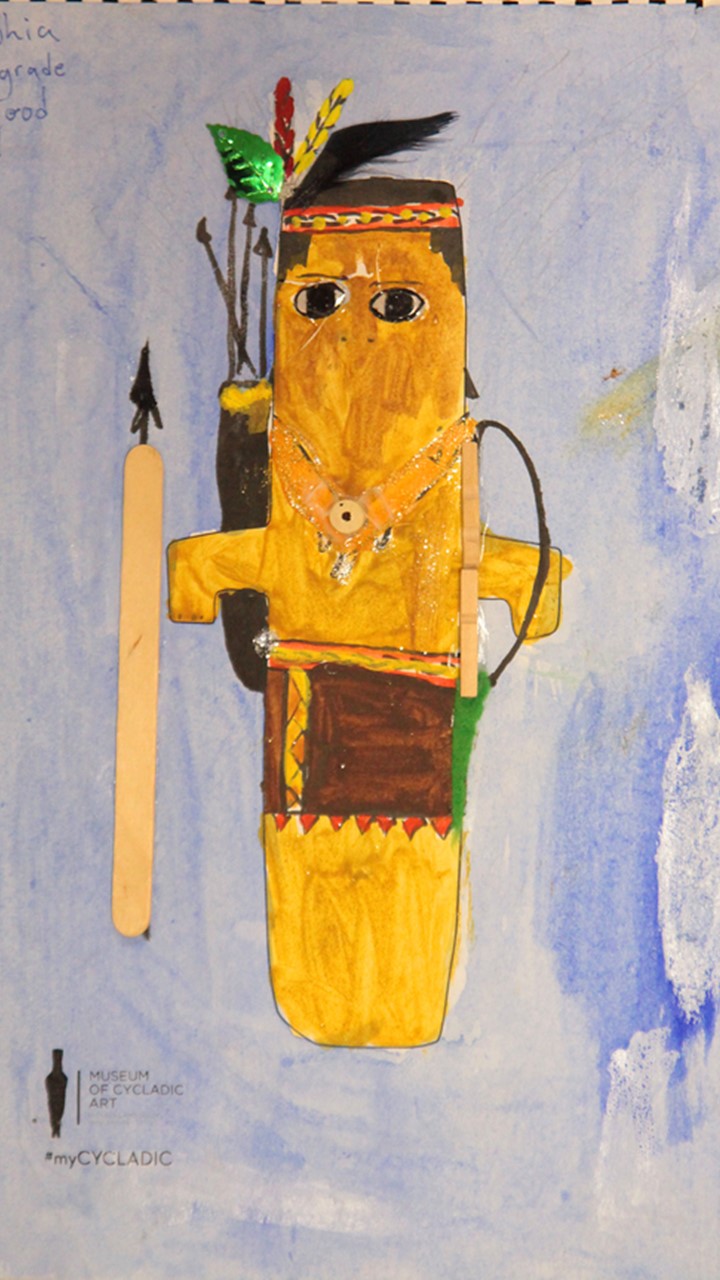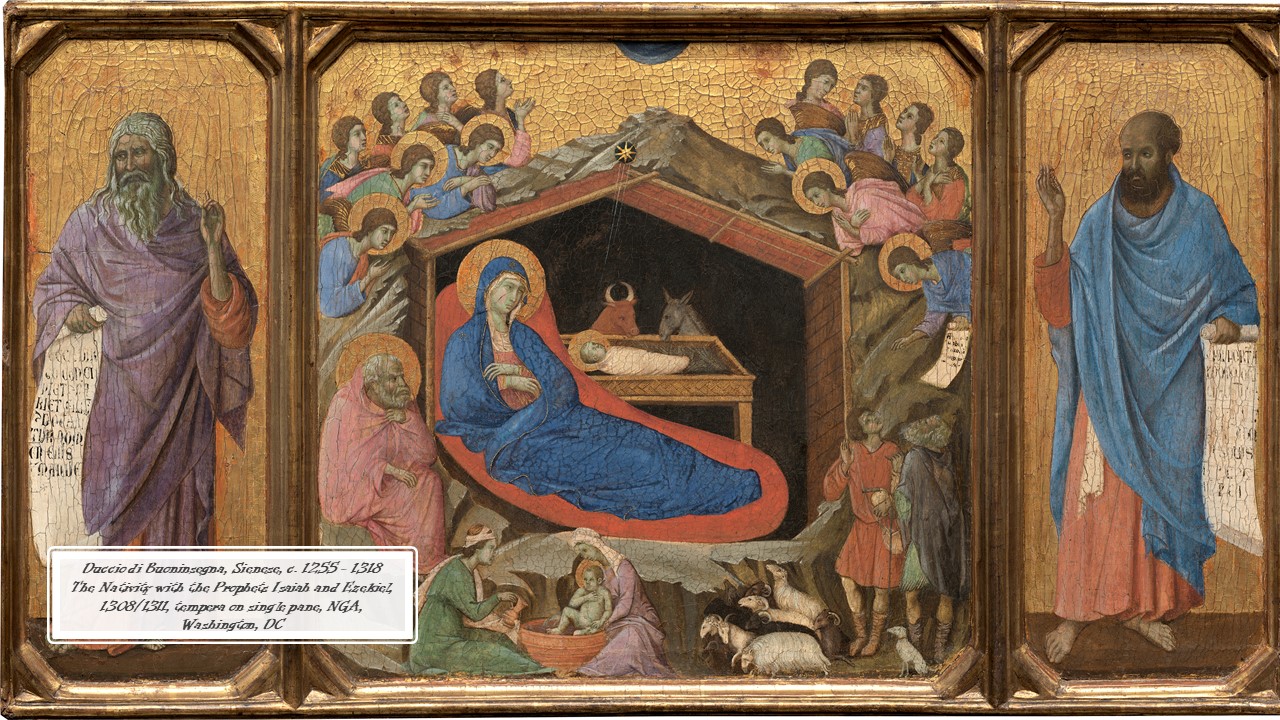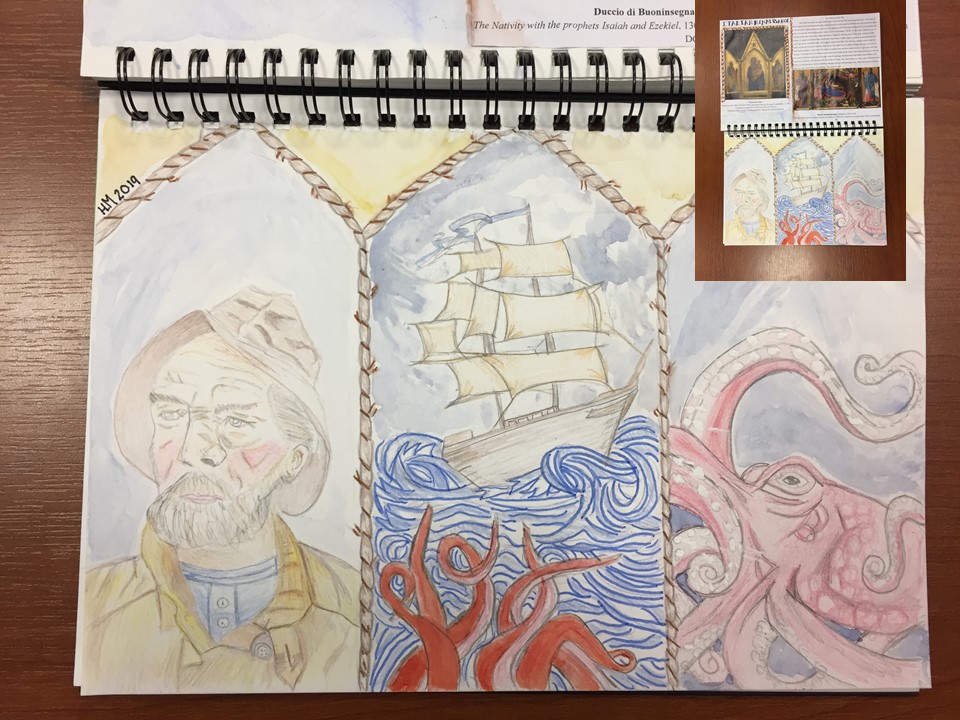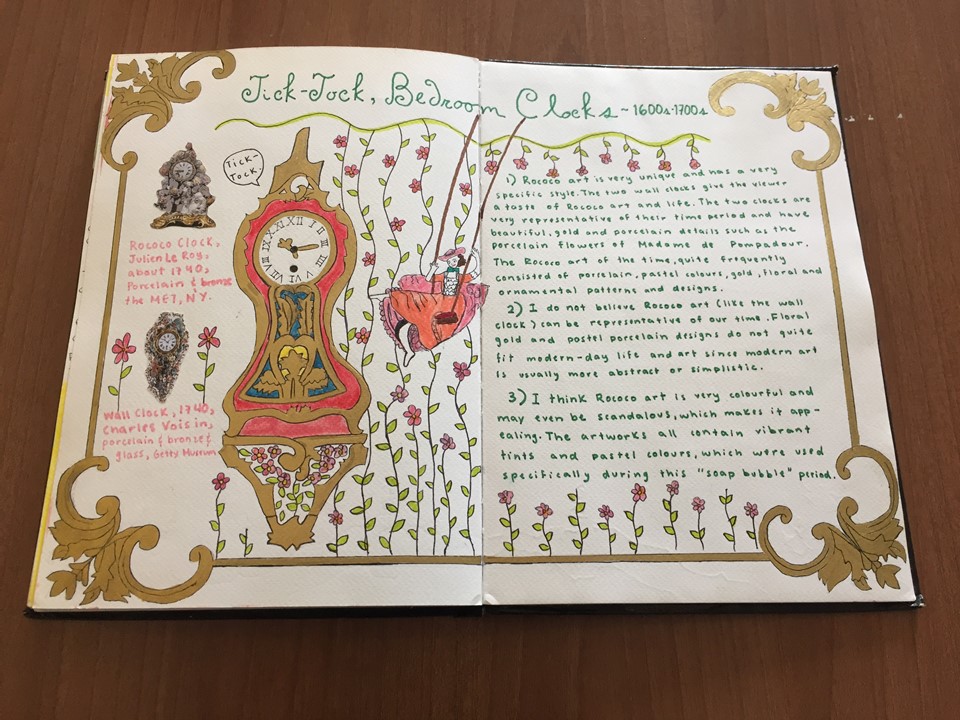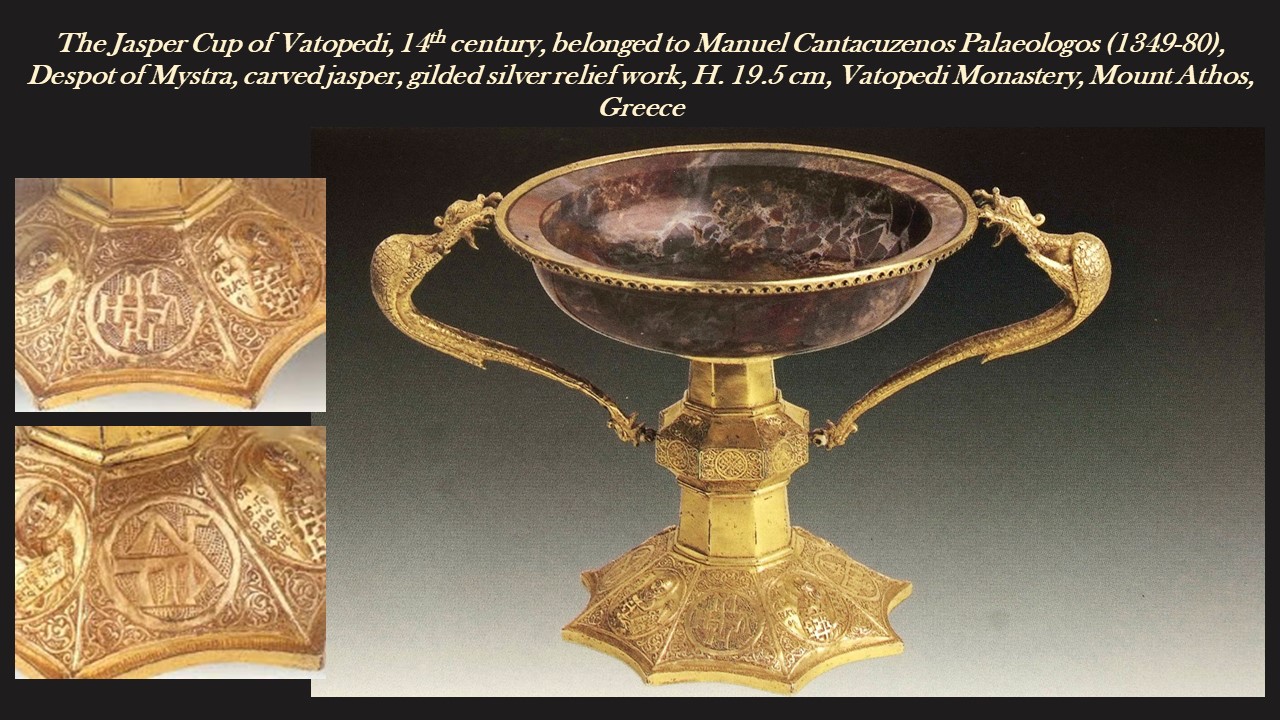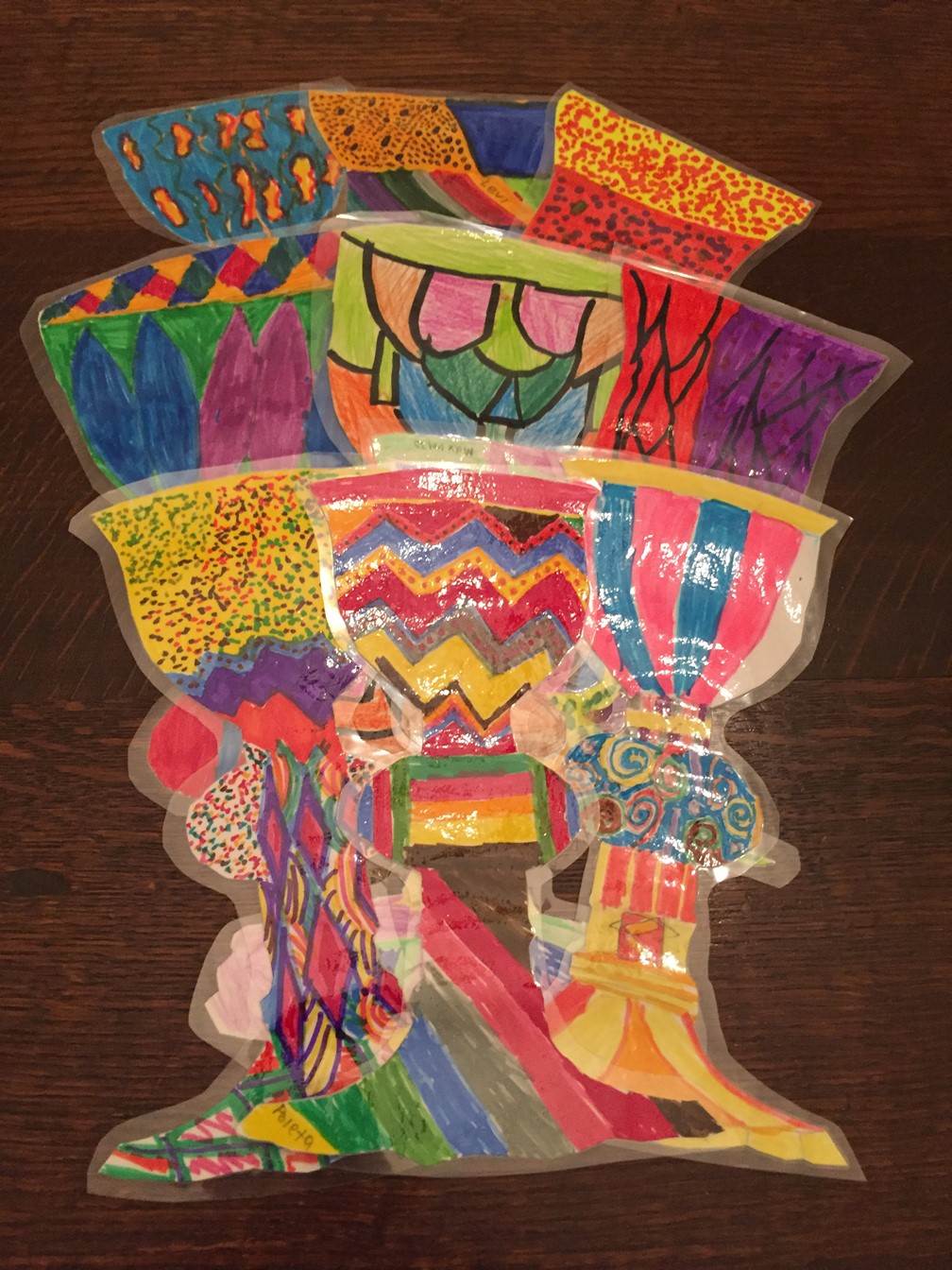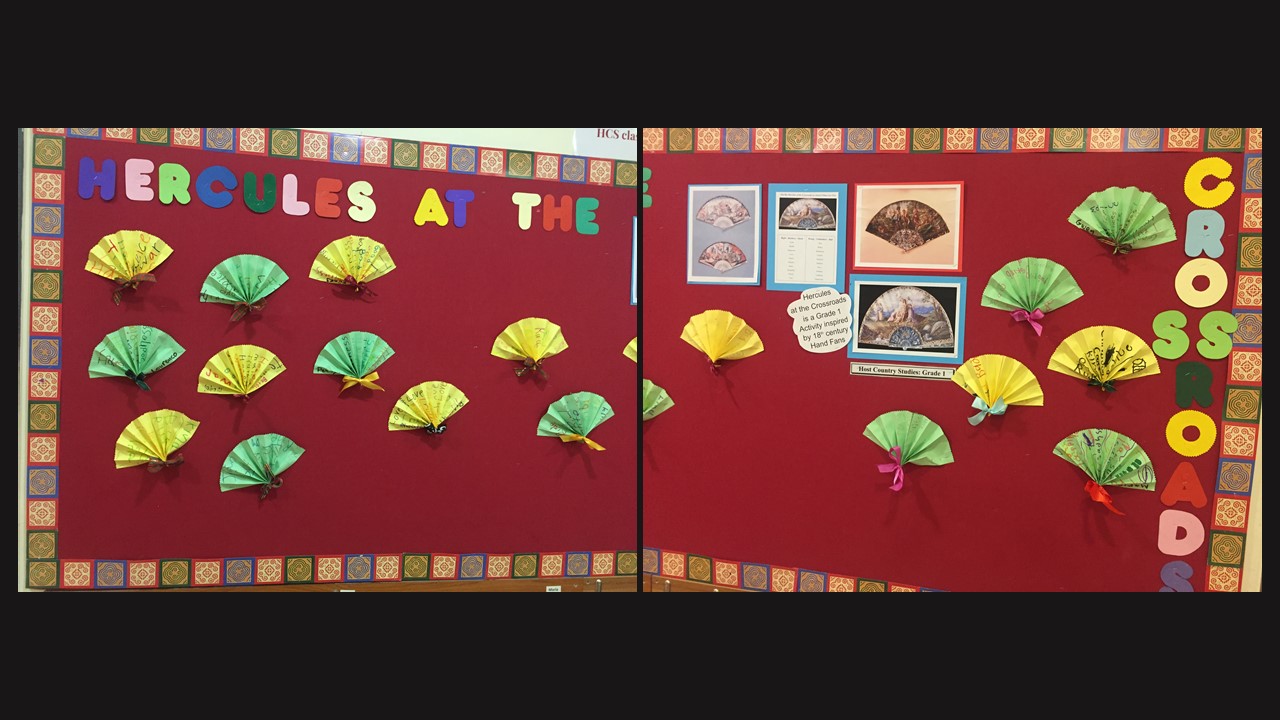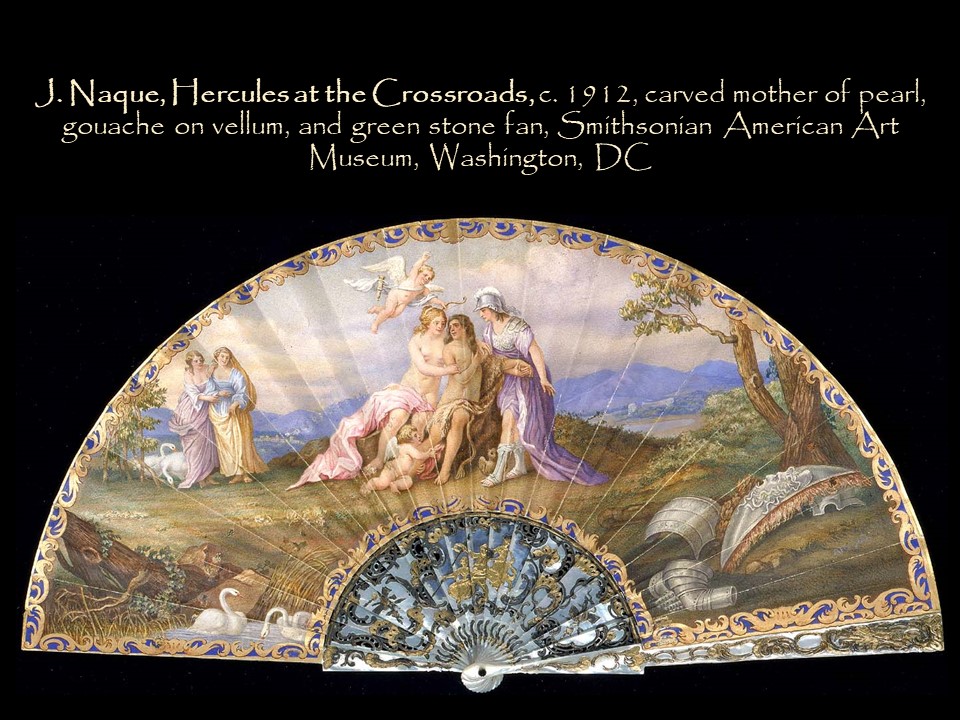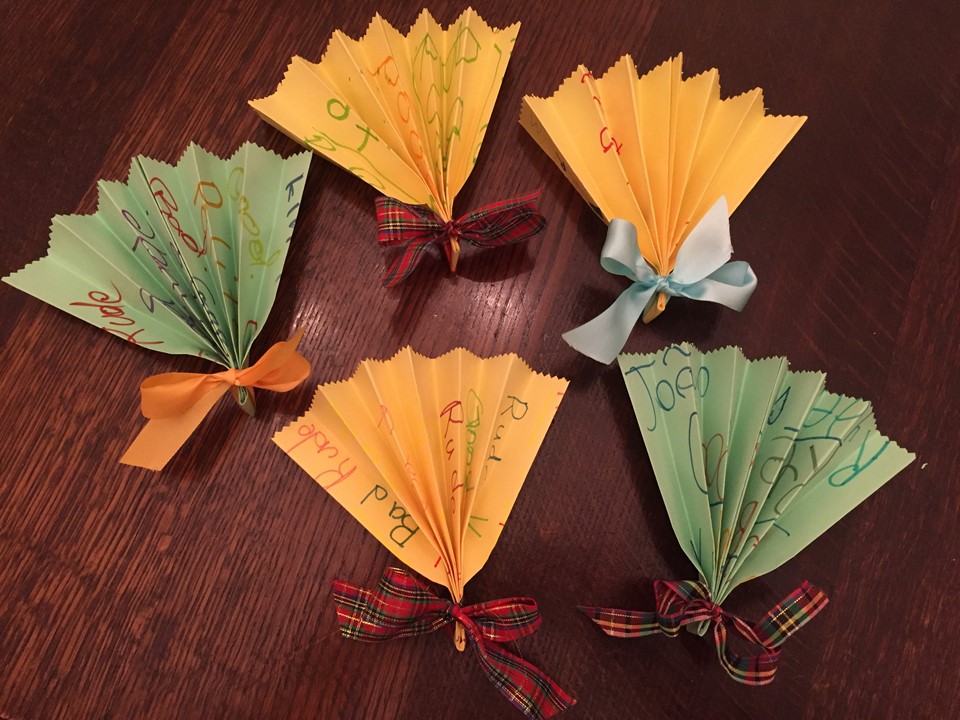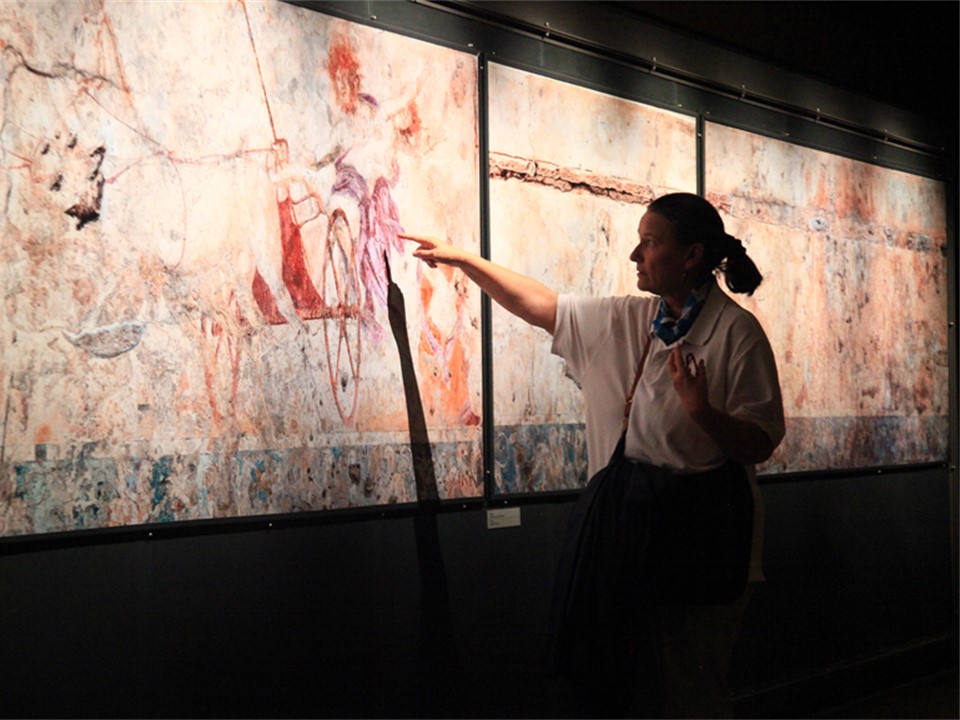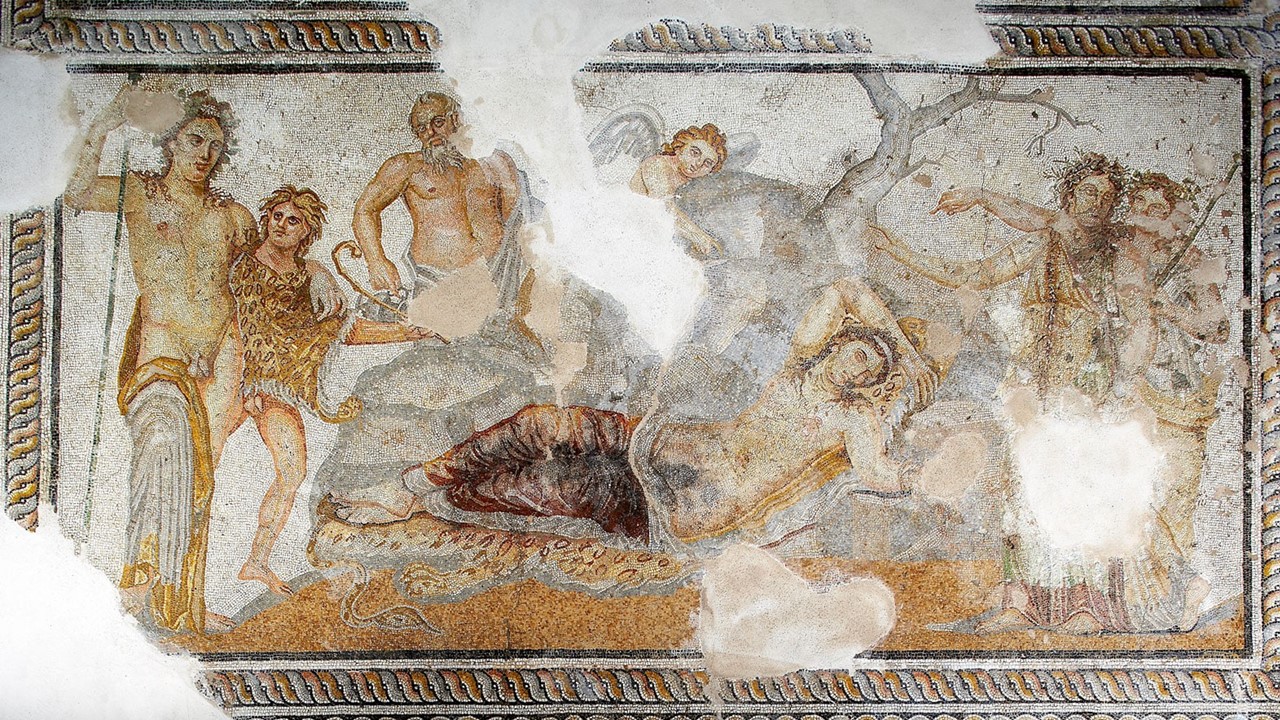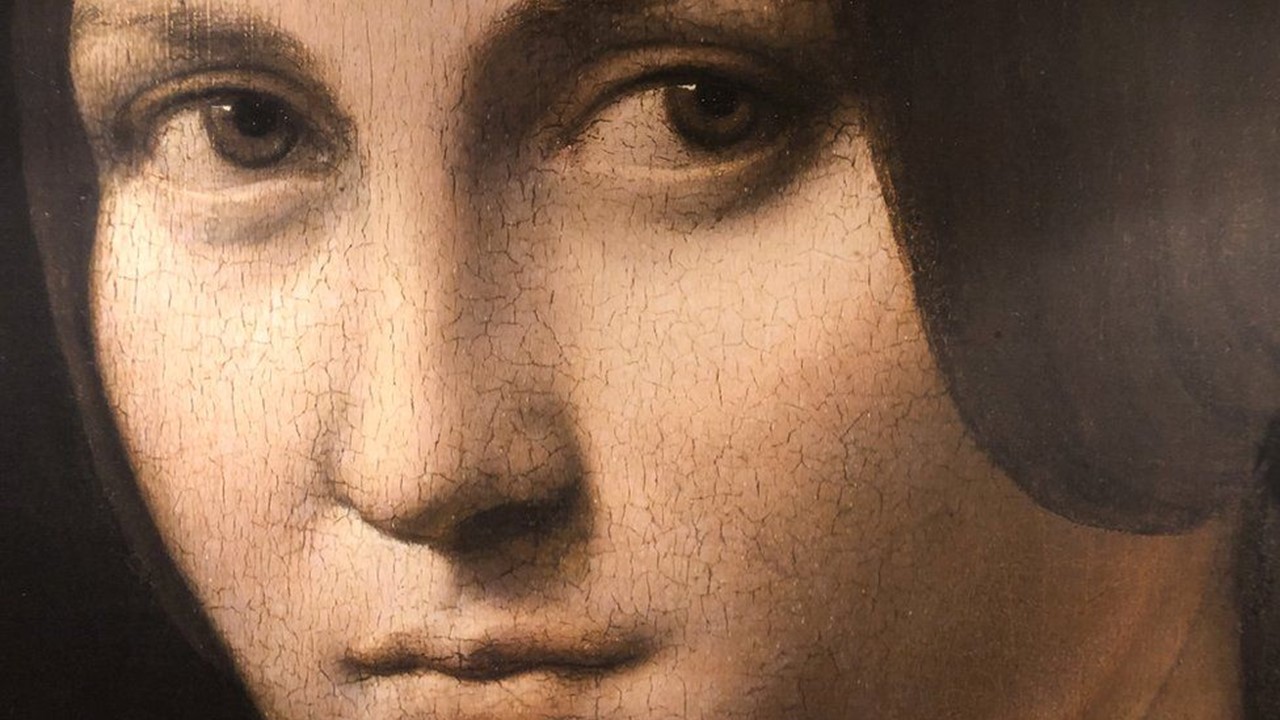
…and her mesmerizing eyes
Five hundred years ago, one of the greatest Renaissance Homo Universalis passed away at the Château du Clos Lucé, in the Loire Valley. The Louvre Museum, wishing to commemorate the fifth centenary of the artist’s death, organizes an International Retrospective Exhibition on Leonardo da Vinci and his oeuvre. https://www.louvre.fr/en/expositions/leonardo-da-vinci
The Louvre Museum in Paris holds the largest collection in the world of the artist’s paintings, five of the fourteen to seventeen paintings now attributed to Leonardo, as well as 22 drawings. This collection is the core of the Retrospective that will also present “the latest research findings, critical editions of key documents and the results of the latest analysis carried out in laboratories or during recent conservation treatment by the Louvre.” https://www.louvre.fr/en/leonardo-da-vinci
A unique feature that the Exhibition presents to its visitors is the Virtual Reality experience for the Mona Lisa painting, the first of its kind at the Louvre. Virtual Reality enables visitors to go through the glass-case that protects the Mona Lisa and see minute details within the painting invisible otherwise to the naked eye. https://arts.vive.com/us/articles/projects/art-photography/mona_lisa_beyond_the_glass/ and https://www.youtube.com/watch?v=Au_UpzhzHwk
The PowerPoint I use for my Art History class on the artist… is HERE!
